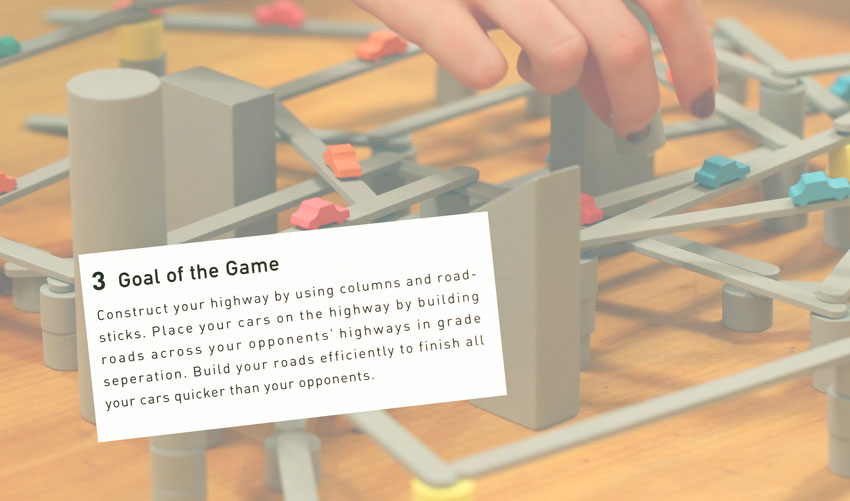We’ve all enjoyed another season of new games and gadgets. But how many of them made sense when they came out of the box? Who spent Christmas cursing a set of abysmally confusing instructions?
Your gadgets come from China; your instructions should be home-grown
Duff instructions are common. Social media is full of examples mistranslated from another language. The extract above is a translation from Japanese for the game Tokyo Highway that my family played (and enjoyed) over Christmas. The instructions do make sense, but you have to read them two or three times to be absolutely sure.
Ikea solved its multinational language problem long ago through the use of wordless cartoon characters – bullet-headed, hex-key-wielding builders of bookcases, floor lamps, and guestroom furniture. In their 2D world, every flatpack project goes together first time.
Gadget-making is for techies; instruction-writing is for writers
Instructions written in English are just as likely to get you scratching your head. They’re wordy and ambiguous, they miss steps out, there’s no context or step-by-step logic, they name components inconsistently. That’s because the writers of instructions are the people who know the game or gadget best — the people who designed it. They’re so wrapped up in their technological know-how, they struggle to put themselves in the shoes of a newcomer. Also, techies are not known for their communication skills.
Many years ago I wrote the assembly instructions for a range of Finnish log cabins. I never saw a cabin or touched a single log. Instead I worked with a CAD illustrator who assembled the cabins digitally. Since we could see where each component went, we were able to weed out the errors in the Finnish source materials. As a result our English-language versions were better than the Finnish originals.
That’s the key to instruction writing – working it out for yourself and then passing on your new-found knowledge to other complete beginners. You keep it brief where the steps are obvious, add more detail where there are complications.
If you think your customers deserve an easy, let’s-get-it-working-first-time set of instructions for your products, you should be talking to a freelance copywriter. The time your writer puts in will pay for itself many times over. You’ll have happier customers and far fewer irate calls to your customer-care team.
For examples of instructions written by Text Wizard Copywriting, see:
For fun, you can also download an ultra-short set of instructions for winning at solitaire (pdf 64KB).



